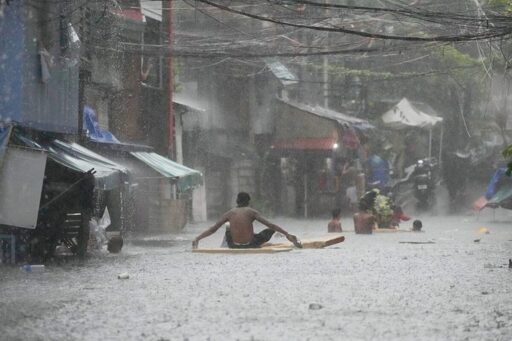Tropical Storm Wipha has left a trail of heavy flooding, landslides, strong winds and several deaths in parts of Southeast Asia over the past few days. The cyclone started as a low-pressure area east of the Philippines on July 15. By July 16, it had intensified into a tropical depression, according to the Philippine National Disaster Risk Reduction and Management Council (NDRRMC). As the storm strengthened over the next couple of days, it brought heavy rains throughout the Philippines, flooding several communities and making roads impassable. Dams were also forced to release water, local media said. The public works department said the disaster caused 526 million pesos ($9.2 million) in infrastructure damage. The storm and the Southwest Monsoon together affected more than 1.2 million people, with more than 20,000 of them forced to stay in evacuation centers. Almost 1,300 houses were partially or totally damaged. At least five people died and seven remain missing, according to the NDRRMC. In rural areas of the Philippines, heavy rain damaged high-value crops such as rice, tomato, eggplant and bitter gourd. Livestock, especially goats, were reportedly affected by hypothermia. Fishers in provinces south of the capital region were also affected, prompting a group to call for relief, media reported. By July 19, Wipha, known in the Philippines as Crising, had developed into a severe tropical storm, just as it exited the Philippine region. As it passed south of Taiwan that same day, domestic flights and ferry routes on the island were suspended or cancelled.…This article was originally published on Mongabay
From Conservation news via this RSS feed


